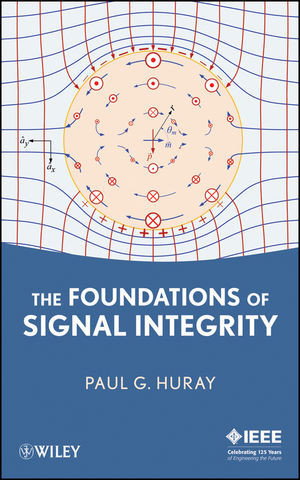

Most ebook files are in PDF format, so you can easily read them using various software such as Foxit Reader or directly on the Google Chrome browser.
Some ebook files are released by publishers in other formats such as .awz, .mobi, .epub, .fb2, etc. You may need to install specific software to read these formats on mobile/PC, such as Calibre.
Please read the tutorial at this link: https://ebookbell.com/faq
We offer FREE conversion to the popular formats you request; however, this may take some time. Therefore, right after payment, please email us, and we will try to provide the service as quickly as possible.
For some exceptional file formats or broken links (if any), please refrain from opening any disputes. Instead, email us first, and we will try to assist within a maximum of 6 hours.
EbookBell Team

4.4
22 reviewsThe Foundations of Signal Integrity is the first of its kind—a reference that examines the physical foundation of system integrity based on electromagnetic theory derived from Maxwell's Equations. Drawing upon the cutting-edge research of Professor Paul Huray's team of industrial engineers and graduate students, it develops the physical theory of wave propagation using methods of solid state and high-energy physics, mathematics, chemistry, and electrical engineering before addressing its application to modern high-speed systems. Coverage includes:
With its thorough coverage of this relatively new discipline, the book serves as an ideal textbook for senior undergraduate and junior graduate students, as well as a resource for practicing engineers in this burgeoning field. At the end of each section, it typically stimulates the reader with open-ended questions that might lead to future theses or dissertation research.Content:
Chapter 1 Plane Electromagnetic Waves (pages 1–41):
Chapter 2 Plane Waves in Compound Media (pages 42–74):
Chapter 3 Transmission Lines and Waveguides (pages 75–108):
Chapter 4 Ideal Models vs Real?World Systems (pages 109–144):
Chapter 5 Complex Permittivity of Propagating Media (pages 145–215):
Chapter 6 Surface Roughness (pages 216–276):
Chapter 7 Advanced Signal Integrity (pages 277–306):
Chapter 8 Signal Integrity Simulations (pages 307–333):